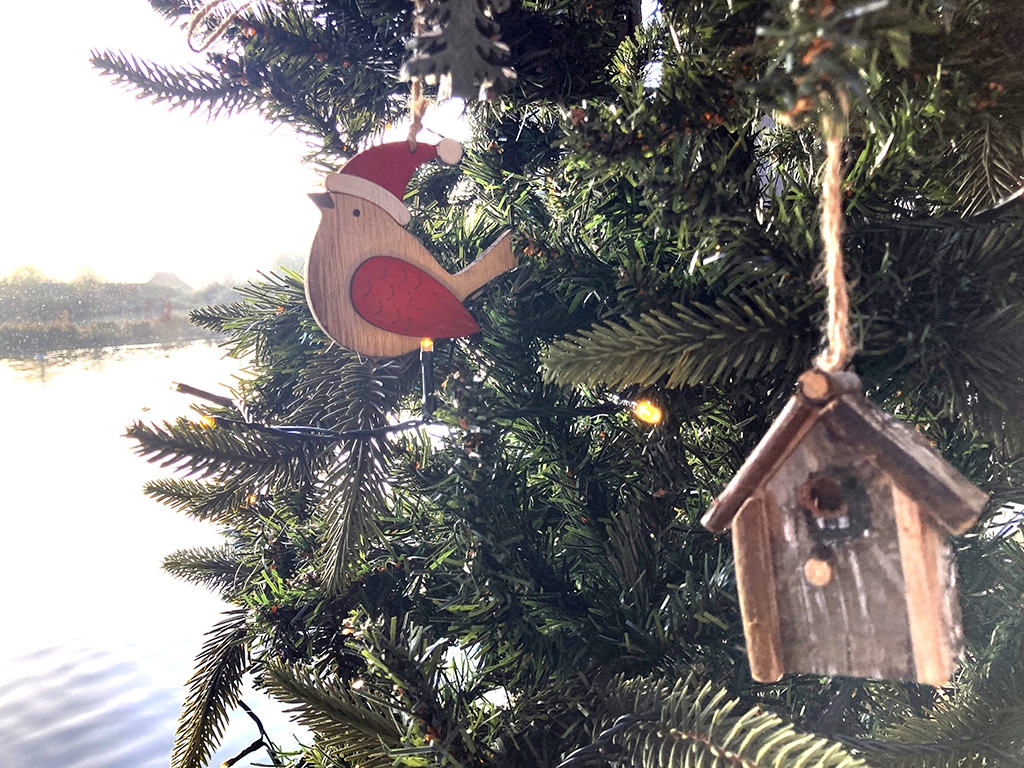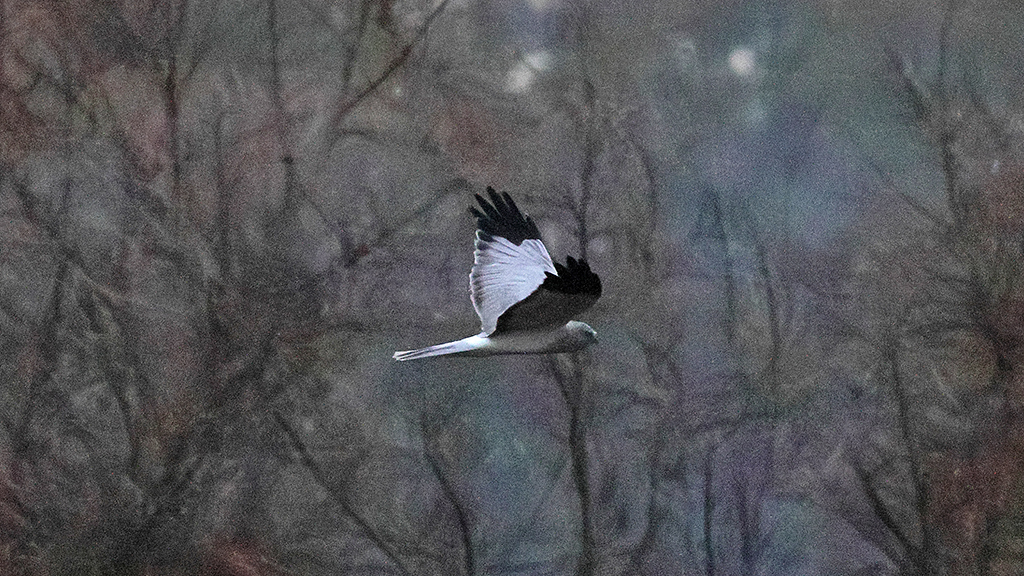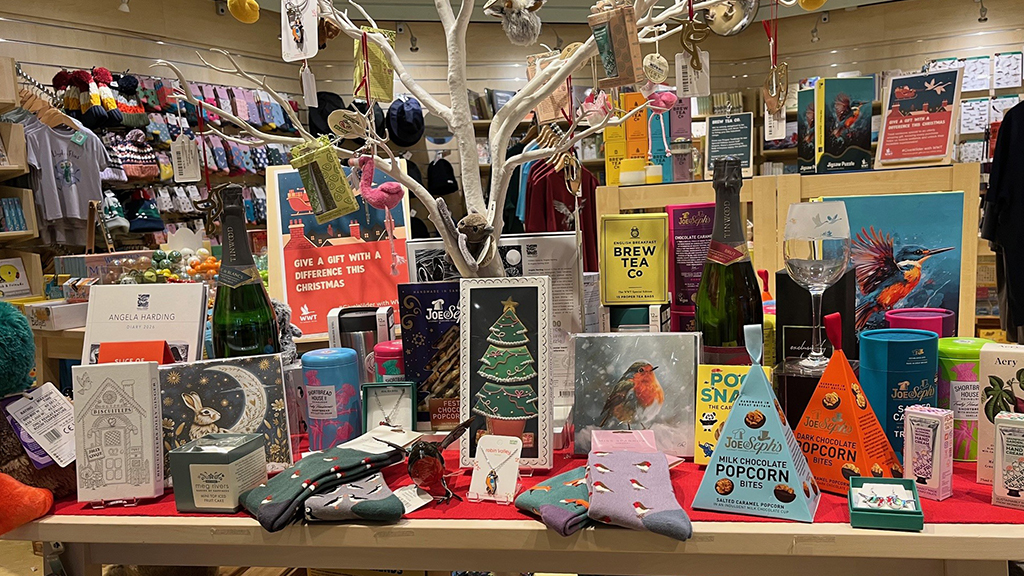Caring for our birds in winter
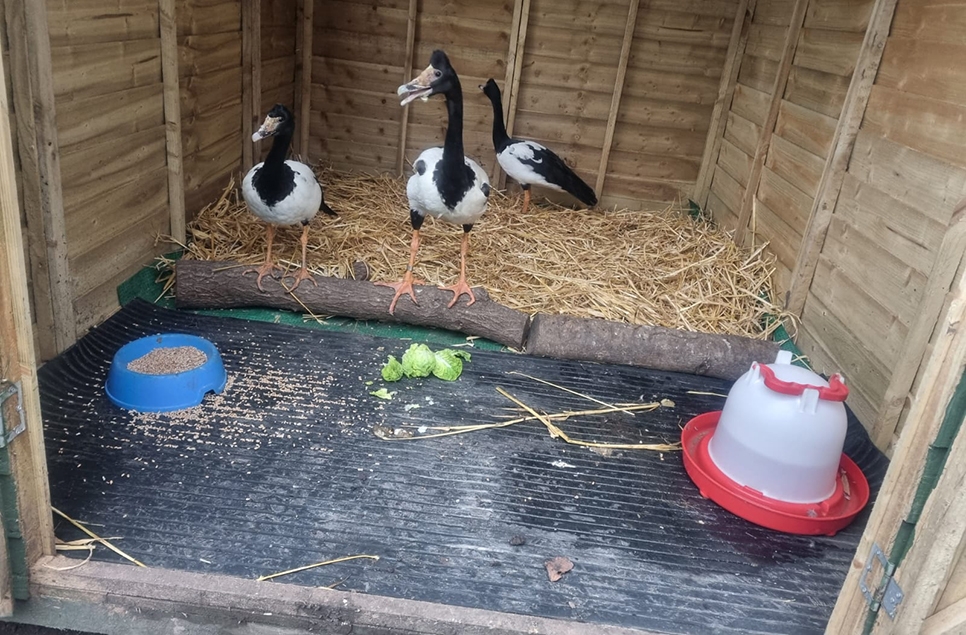
Many techniques for staying warm in winter are down to birds own adaptations. But there are some things our team of Keepers and volunteers do and ways we help to make sure our collection birds have everything they need before temperatures drop on these chilly winter days!
During cold weather many of the ducks and geese at Arundel Wetland Centre find shelter under vegetation to stay protected from bad weather and cold winds. Birds also have two layers of feathers - soft fluffy down on the surface of the skin covered by harder, overlapping contour feathers on top. The two layers of feathers create an air gap in between - this air gap helps birds to stay warm in winter, holding on to the heat and keeping their temperature higher.
The feet of birds and ducks do drop in temperature in winter but their feet are mostly bone and tendons, so few nerves and little fluid. The circulation of blood to their feet is very rapid and is limited to their legs so their bodies remain warm. Birds often stand on one leg, swapping over to warm their feet or sit on their feet to warm them with their own feathers.
Winter 'chalet' for magpie geese trio
Our Keepers put out small, wooden hides lined with straw in winter to help the more tropical species in our collection protect their feet from frost bite. If colder weather is in the forecast more straw is added, with the straw changed every Monday.
One of these species is our magpie geese at Arundel Wetland Centre – a species that originates in New Zealand. There are six magpie geese in the “flock” at Arundel. These are headed by an OAP trio of seniors - 21 year old male Basil, and two females- the 20 year old Rosemary and 30 year old Thyme. This winter these three are spending their nights in their own “chalet”– a new garden shed with lots of straw to keep them cosy (pictured above). Basil also gets some physio on his arthritic knee in the mornings, when required. An address sign for the magpie goose chalet named “Basil’s Palace” was donated by the neighbour of a Collection Team volunteer.
A second shed, located on the Reedswamp exhibit, as straw and perching logs inside is favoured by our Nene geese, a species that originated in Hawaii. There are four smaller wooden hides in each of the enclosure for other ducks and geese to both sit in and perch on. The small hides in the Coastal Creek aviary don’t contain straw as it can cause respiratory issues for some of the birds there.
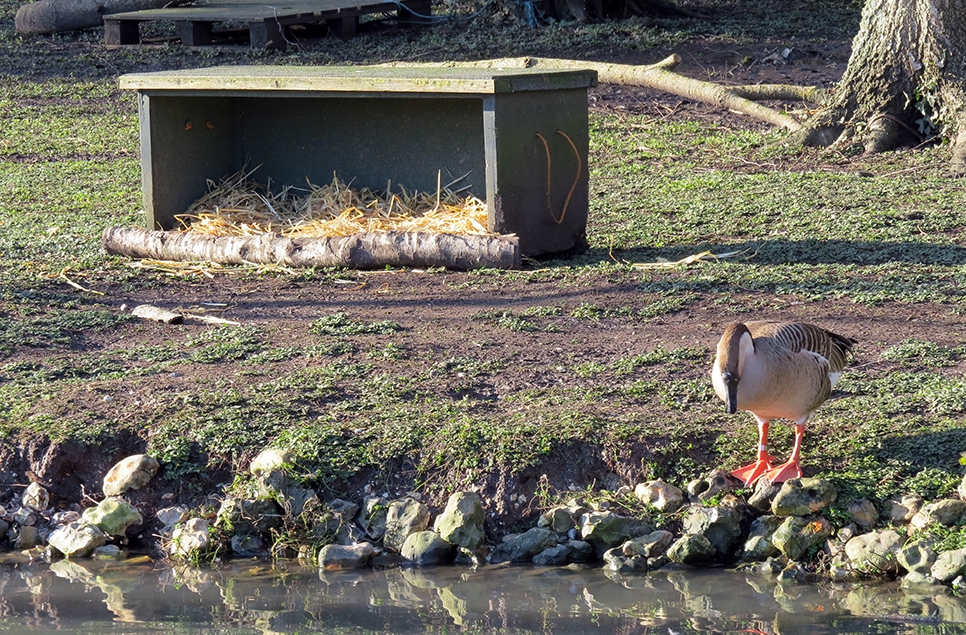 A swan goose in Lakes and Forest exhibit on the bank near one of the small, wooden winter hide
A swan goose in Lakes and Forest exhibit on the bank near one of the small, wooden winter hide
Breakfast, lunch and dinner
Keeping the birds well fed is crucial in winter. All collection birds in the exhibits have a morning and afternoon feed. Some birds need more than this and require special types of duck pellets and foods.
In the Coastal creek aviary, waders like the avocets eat meal worms and locusts three times a day, plus a wet pellet and a dry pellet in bowl feeds. The sea ducks here receive feeds of a floating pellet plus a whitebait feed at noon each day during our Keeper’s Diving Duck talk. In the exhibit there is also a feeder that drops floating pellets when the ducks peck at a toggle. Keeper Abbie says: “The sea-ducks seem to be able to sense when cold weather is coming and will start eating loads of pellet.”
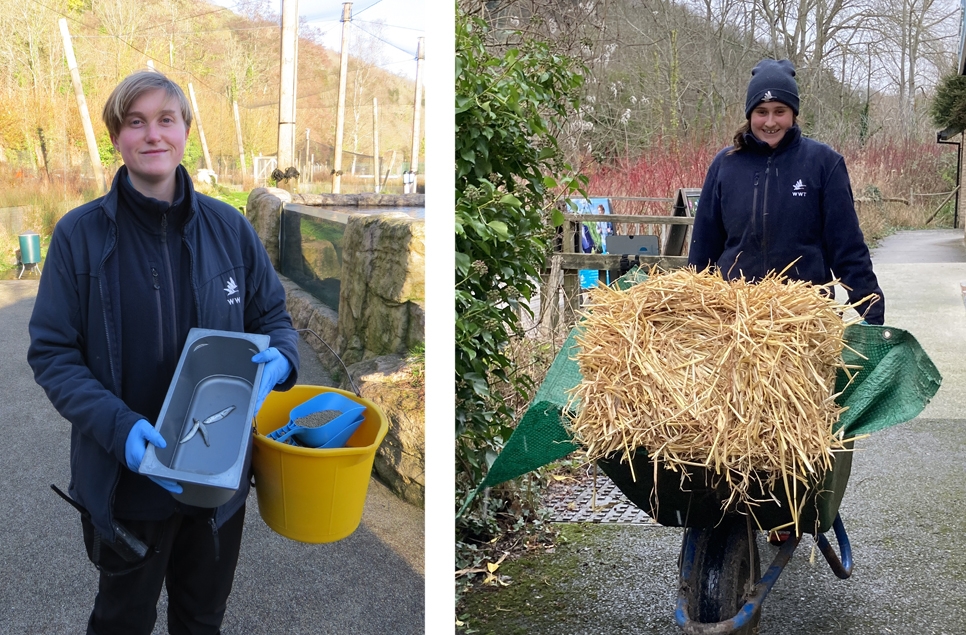 Keeper Abbie gets ready to feed the collection birds inside the Coastal Creek aviary,
Keeper Abbie gets ready to feed the collection birds inside the Coastal Creek aviary,
Keeper Molly with a load of straw to top up the winter hides
The little grebes at the Waterfalls aviary have 6 feeds a day of mealworms and locusts in addition to the special pellet available in their bowls all day. The Scaly-sided mergansers, marble teal and maned geese here get bowls of grain available all day.
In the exhibits grain is feed along concrete feed banks into the waters for ducks to access. For geese, grain is placed on tree stumps or upturned buckets which make it easier for the long-necked geese to access. In the water floating sea duck pellet is put into floating cages so diving ducks can access it and seagulls are prevented from having a nibble.
Our Dalmatian Pelicans are offered fish 5 times a day by the keepers. One of these is at the 2 pm Keepers Pelican talk each day in the Coastal Creek Aviary
Always a place to perch
Winter is also flood season and despite loving water ducks and geese can’t spend all their time in it. When water levels are really high our keepers will tether wooden pallets in the exhibits to ensure the birds can always perch up out of the water to groom their feathers, re-coating them in the natural oils that keep the waterproof.
Ready to visit?
If you've been inspired to visit our wildlife at Arundel Wetland Centre this winter, find out more and plan your visit online.
